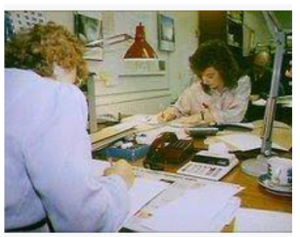In this ever-changing world in which we live, the area of employment seems to have changed more than any other. Forty to Fifty years ago, the path to a job was simple. The UK employment market was split into two camps, the Blue collar and the White collar. Over the decades, the Blue collar role has fallen by the wayside in favour of the white. Having a white-collar job, i.e. working in an office, was the pinnacle of success. Now, most roles could be classed as white-collar or service-based (leisure and retail, for example).
The UK map of work was divided into three clear categories. They were also very regional in where the majority of the industry was based. The Primary sector was concerned with Mining for raw materials like coal and tin. It was mainly located in the North of England and South Wales. The Secondary sector was about manufacturing and production. This was centred in the Midlands. The next was the Tertiary sector, retail and financial services; this was housed in the London area. We now have a Quarternary industry that takes into account social and technology industries.
With digital integration, these traditional roles are becoming even more squeezed out. There are still niche roles you can take to protect yourself. Complaints in the finance sectors show no sign of slowing, and procurement roles are also required. A procurement recruitment agency like Talent Drive can attest to that.






